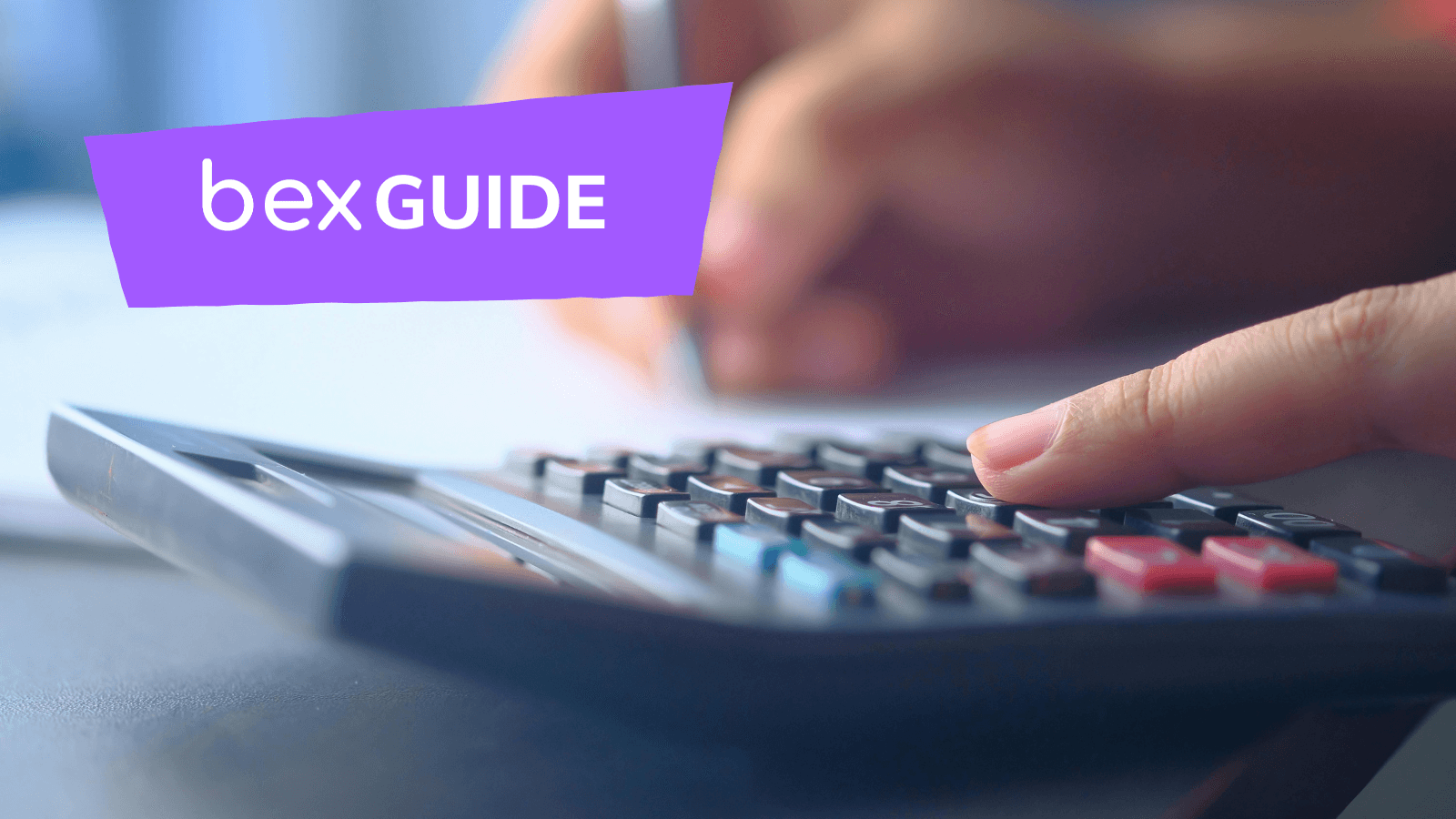Creating an emergency fund as a teenager might not be the most exciting goal, but it's one of the smartest financial decisions you can make. Life is full of unexpected expenses, and having a financial cushion can provide peace of mind and independence. Here are some practical tips to help you build and maintain your emergency fund.
1. Set Clear Goals
Define Purpose: First, understand why you need an emergency fund. It’s meant for unexpected expenses such as replacing broken items, transport in an emergency.
Determine Amount: Aim for a specific savings target. A good starting point could be between £50 and £200. This amount is usually sufficient to cover most minor emergencies.
Set Timeline: Establish a realistic timeframe to achieve your savings goal. Depending on your income and expenses, this might be within six months, a year, or another suitable period. Set your goals using the bex app.
2. Save Regularly
Consistent Contributions: Make saving a habit by setting aside a portion of your allowance, part-time job earnings, or gift money on a regular basis.
Start Small: If saving a large sum feels overwhelming, begin with small amounts. Even saving £5 or £10 a month can accumulate over time.
Increase Over Time: As your income increases, try to save more. Regularly increasing your contributions will help you reach your goal faster.
3. Track Your Expenses
Monitor Spending: Keeping track of your spending is crucial. Use apps, spreadsheets, or a simple notebook to record all your expenses.
Cut Non-Essentials: Identify areas where you can reduce spending. This might include cutting back on dining out, entertainment, or impulse buys. Redirect these savings to your emergency fund.
4. Automate Savings
Automatic Transfers: Set up automatic transfers to your savings account. This ensures that a portion of your income goes directly into your emergency fund without any effort on your part.
5. Avoid Temptations
Separate Accounts: Keep your emergency fund in a separate pot, create a saving goal in the bex app and watch it grow. This separation helps prevent you from dipping into the fund for non-emergencies.
Limit Access: Make it slightly difficult to withdraw money from this account. For instance, use a savings account that doesn’t come with a debit card. This way, accessing the funds requires more effort and discourages impulsive withdrawals.
6. Review and Adjust
Regular Check-Ins: Periodically review your savings progress. This could be monthly or quarterly, depending on what works best for you.
Adjust Goals: As your financial situation changes, update your savings goals and contributions. If you get a raise at your part-time job or receive a monetary gift, consider increasing your savings rate.
By following these tips, you can build and maintain a solid emergency fund that provides financial security and peace of mind. Remember, the habits you develop now will benefit you greatly in the future. Happy saving!
